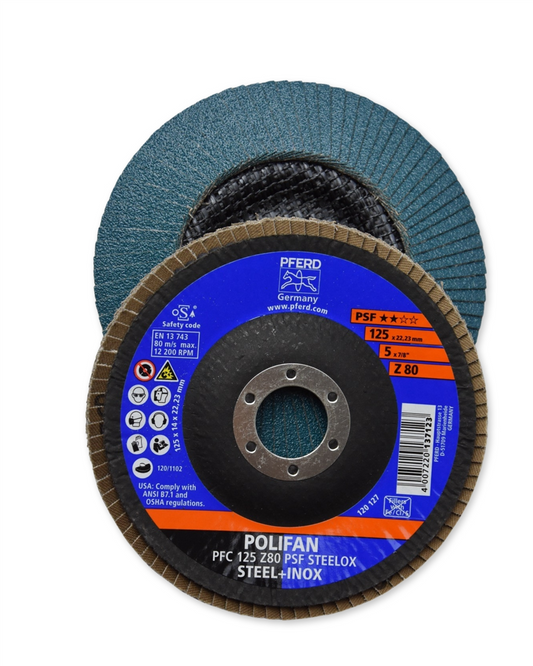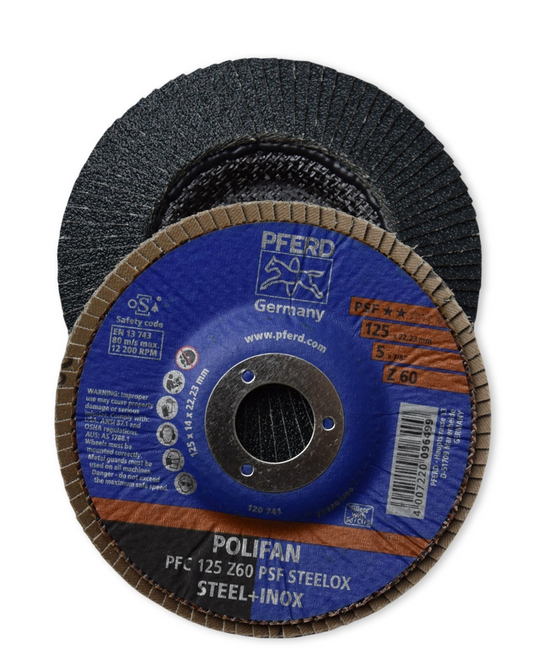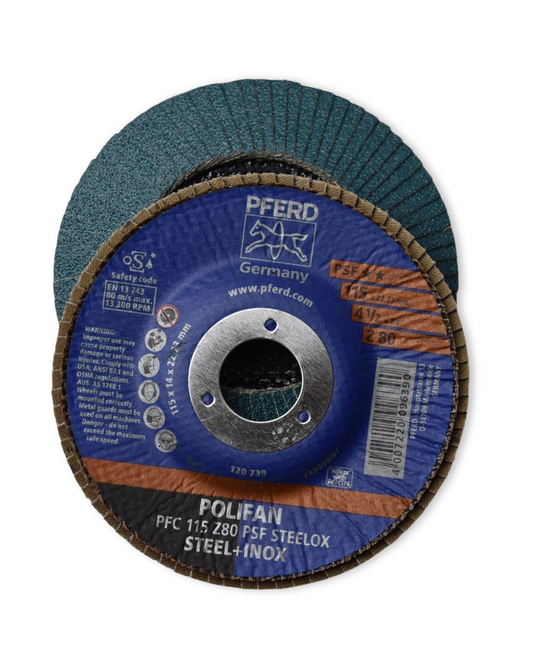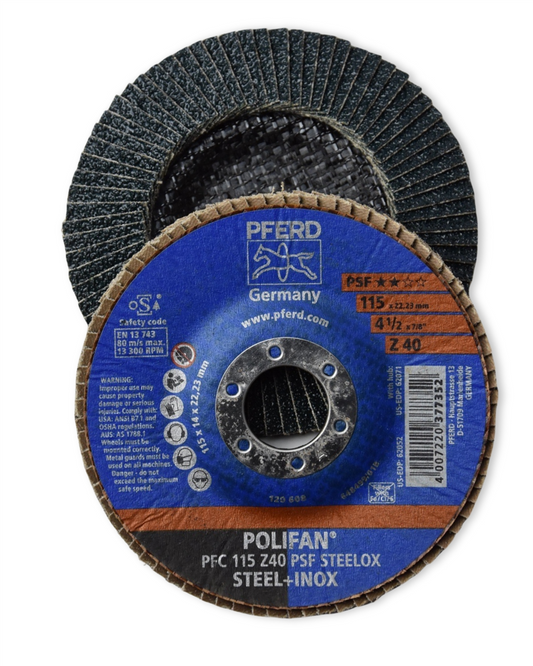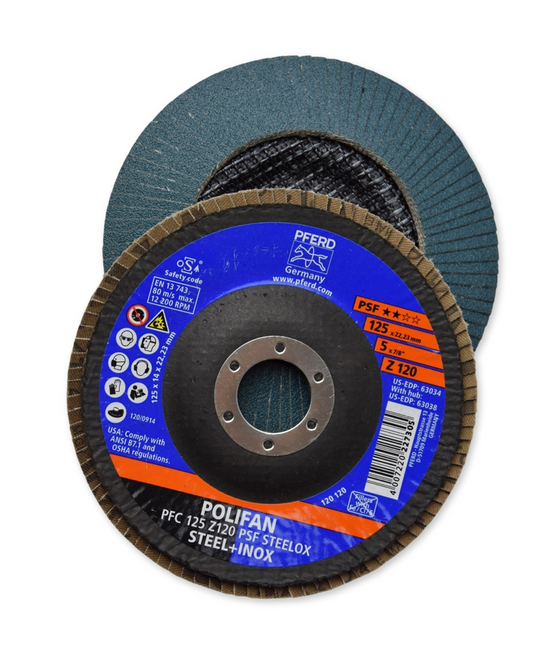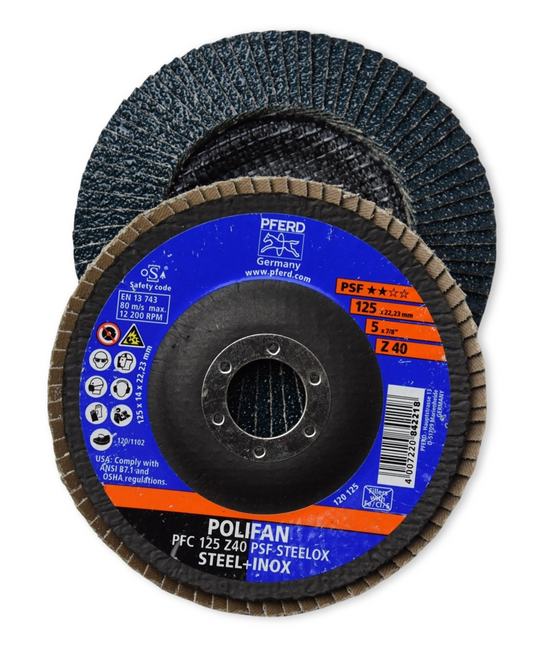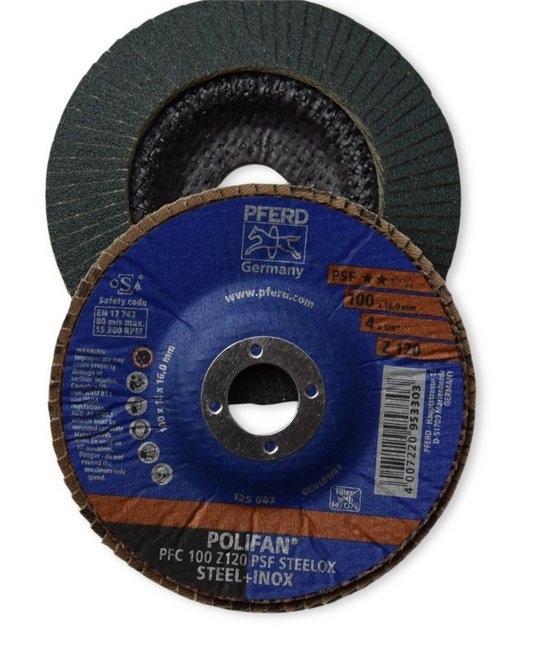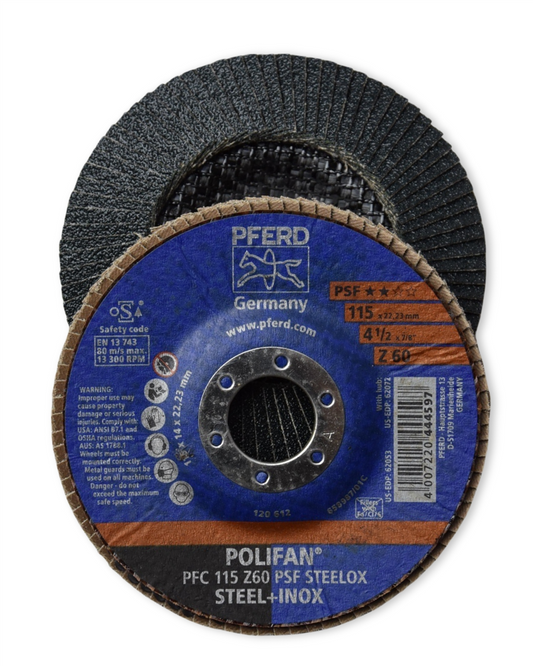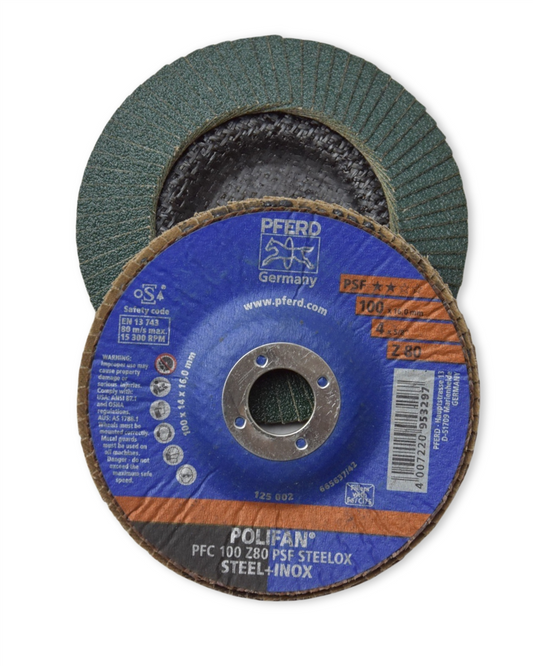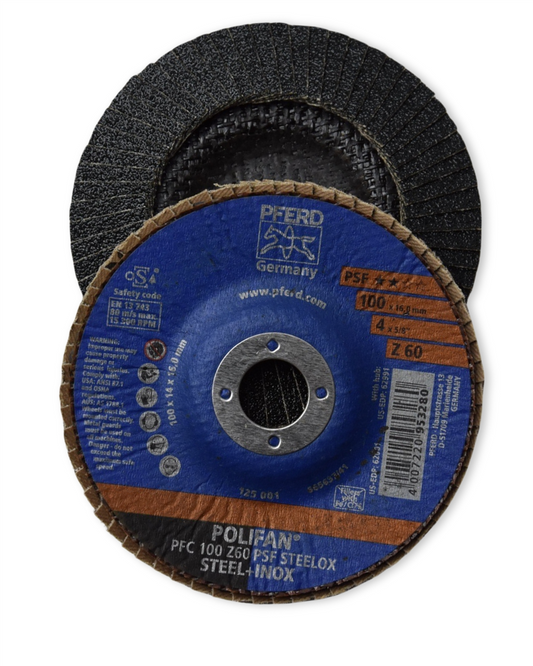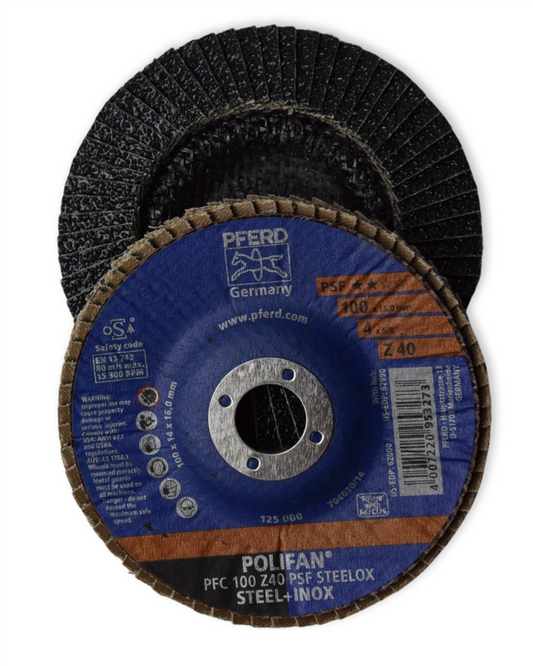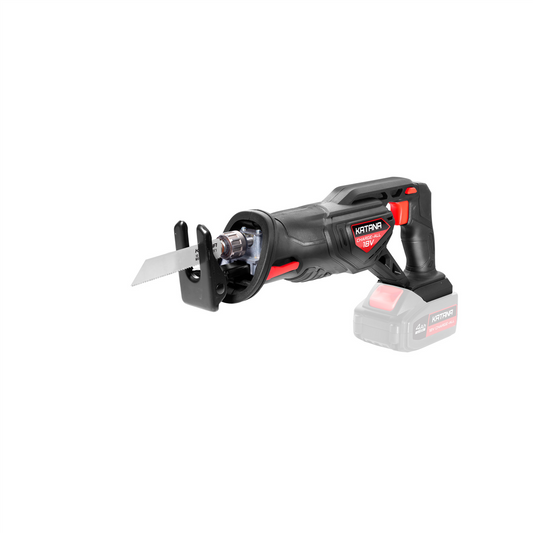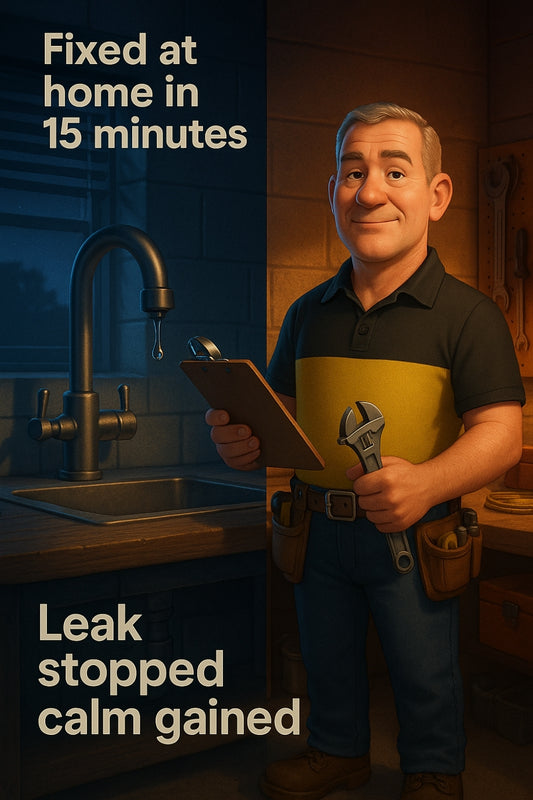What is the difference between cement and concrete mix?
Share
Have you ever been standing on a job site, tool in hand, doing your mental checklist, and the question pops into your head: “Wait a minute, what’s the actual difference between cement and concrete mix?” Don’t sweat it. Today, let’s clear up the confusion once and for all, because trust me, understanding the difference isn’t just useful; it could save you time, money, and a whole lot of hassle on your next project.
Let’s Start with Cement: The Unsung Binder Hero
Cement is like the flour in a cake. It’s an essential ingredient, but on its own, it’s not going to do all that much unless you mix it with the right stuff. Cement is a fine powder made from limestone, clay, and a few other bits cooked together at high temperatures. The result? A material that acts like the glue—or binder—that holds everything together. Pretty important, right?
On-site, you’ll typically find two types of cement that make tradies happy: ordinary Portland cement (common for most general construction) and rapid-setting cement (because sometimes time really is money). But remember, cement alone isn't going to hold up a house or a driveway. It needs friends. And that’s where concrete mix steps in.
Concrete Mix: The Whole Package
If cement is the flour, concrete is the full-on cake, frosting and all. Concrete mix is essentially a three-part concoction: cement, sand (fine aggregates), and gravel or stone (coarse aggregates). When you blend these with water, a chemical reaction occurs (called hydration—fancy word for water and cement becoming best mates), and the mixture hardens into a stone-like material.
Concrete is the workhorse in any construction project—it forms foundations, driveways, walls, and slabs. It’s tough, durable, and can handle heavy loads. That makes it ideal for tradies who need reliable materials that can stand up to Australia’s harsh conditions. Plus, whether you’re working on a residential patio or a large-scale infrastructure gig, you can adapt concrete with additives like steel reinforcements, colourings, or plasticisers for extra strength, flexibility, or even aesthetics (because hey, who says a workspace can’t look sharp?).
So, How Do You Choose the Right One?
Now, here’s the golden rule: cement is a building block, but concrete mix is the actual building material. If you’re laying foundation slabs, driveways, or even decorative paths, you’re using concrete—every single time. Cement alone? That’s usually reserved for specific mixes like grout, mortar, or when repairing cracks in existing structures. For most heavy-lifting jobs? You’ll want concrete all the way.
As a tradie, precision matters. Cracked slabs from cutting corners isn’t just a bad look—it’s a call from an unhappy client. Buying the right mix or creating your own onsite depends on the project, and here’s where knowing your supplier really comes into play.
Pro Tip for Mixing Onsite
Think of cement and concrete like a team. When mixing cement with aggregates yourself, stick to a tried-and-true ratio. A general rule of thumb is 1:2:4 (cement: sand: gravel). And always have just the right amount of water. Too much can weaken the entire batch, while too little means it won’t bind properly. Precision doesn’t just save the day—it saves budgets and reputations.
Common Missteps You Can Dodge
- Don’t Skip Quality: Cheap cement or subpar aggregate isn’t just frustrating; it leads to potential failures down the line. Crumbling concrete isn’t a headache any tradie needs.
- Always Check the Conditions: Blazing heat or heavy rain can ruin the curing process. Australia’s weather can be a fickle beast, so make sure your mix is protected during setting.
- Understand the Role of Water: Too many rookies go heavy on water for an easier pour. But don’t fall for it—it weakens the finished product. A good mix is about balance, not shortcuts.
Why It Matters So Much
The difference between cement and concrete may sound like splitting hairs to an outsider, but for tradies, it’s job-site gospel. Knowing when to use cement, when to use a concrete mix, and how they function together means fewer project delays, stronger builds, and clients who actually recommend you to their mates. For a trade professional, that’s worth its weight in gold—or maybe cement bags!
Your Next Step
Need the right materials for your next job? That’s where Strathalbyn H Hardware proves its worth. We’ve got everything from high-quality cement to pre-mixed concrete solutions perfect for tradies needing reliable gear to tackle any job. So whether you’re up early laying a driveway or finishing off a retaining wall before sundown, swing by our store or give us a call. Trust us—we get the job done just like you do.
Remember, the foundation of a solid project isn’t just in the build—it’s in using the best materials. Get it right from the start, and you’ll be raking in glowing reviews faster than you can pour a batch.
Cheers
Candeece



